- +033 2572 7171
- info@dhanvantary.com

4.5 Rating | 4500 Review

4.5 Rating | 4500 Review
Childhood arthritis, also known as Juvenile Idiopathic Arthritis (JIA), is a type of arthritis that affects children under the age of 16. It causes inflammation in one or more joints, leading to pain, stiffness, and swelling. It can be chronic and might affect a child’s to engage in normal activities and growth.
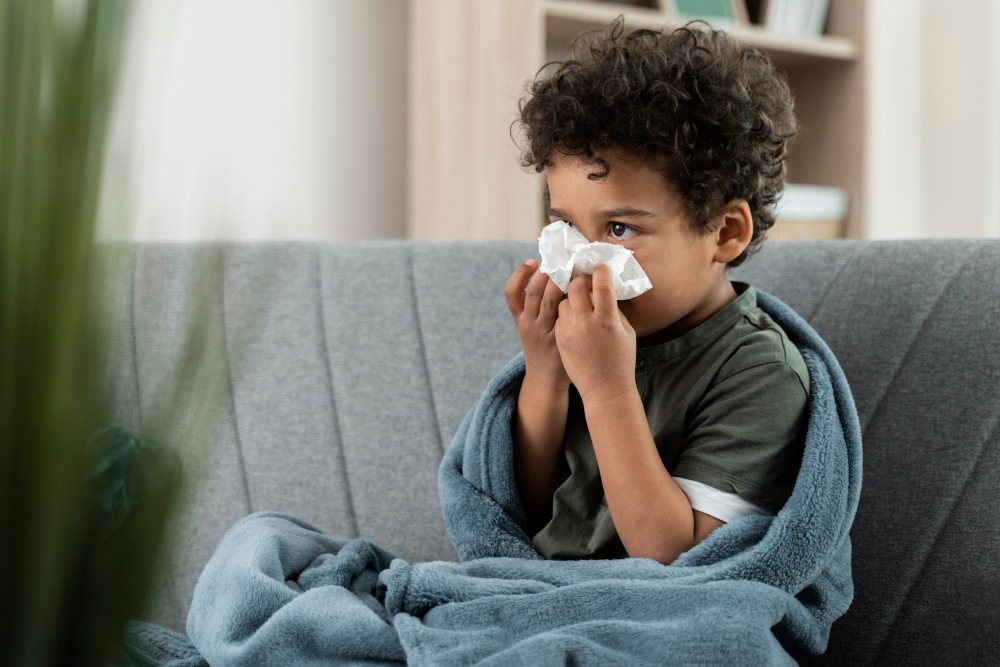
The exact cause of JIA or childhood arthritis is not well understood, but it is believed to be an autoimmune disorder where the immune system mistakenly attacks the body’s tissues, particularly the joints. Factors that might contribute include:
Symptoms can vary depending on the type of childhood arthritis but commonly include:
Untreated or poorly managed childhood arthritis can lead to complications, including:
In Ayurveda, childhood arthritis can be understood through the lens of Bal Roga (pediatric diseases) and primarily as a Vata disorder, though Pitta and Kapha imbalances may also contribute to its symptoms. Ayurveda approaches childhood arthritis holistically, aiming to address the root cause of the disorder, balance the affected doshas, and support joint health and immunity in children.
Ayurveda attributes the symptoms of childhood arthritis, such as pain, swelling, and stiffness, to a primary imbalance in Vata dosha, which governs movement and neurological functions. Pitta dosha may also be involved in cases where inflammation and redness are prominent, and Kapha dosha may play a role in joint stiffness and swelling.
Children with arthritis may have low immunity (weak Ojas), which is thought to make them more susceptible to chronic inflammation and autoimmune responses.
In children, Panchakarma is usually done very gently and with specialized pediatric considerations.
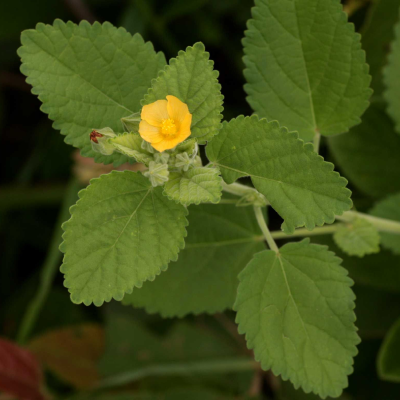
Benefits: Bala is a rejuvenating herb that strengthens bones and muscles and is often recommended for managing Vata-related disorders.
Use: Bala powder or oil can be given in small amounts or used externally for massage. Bala oil massage can help relieve pain and improve joint mobility.
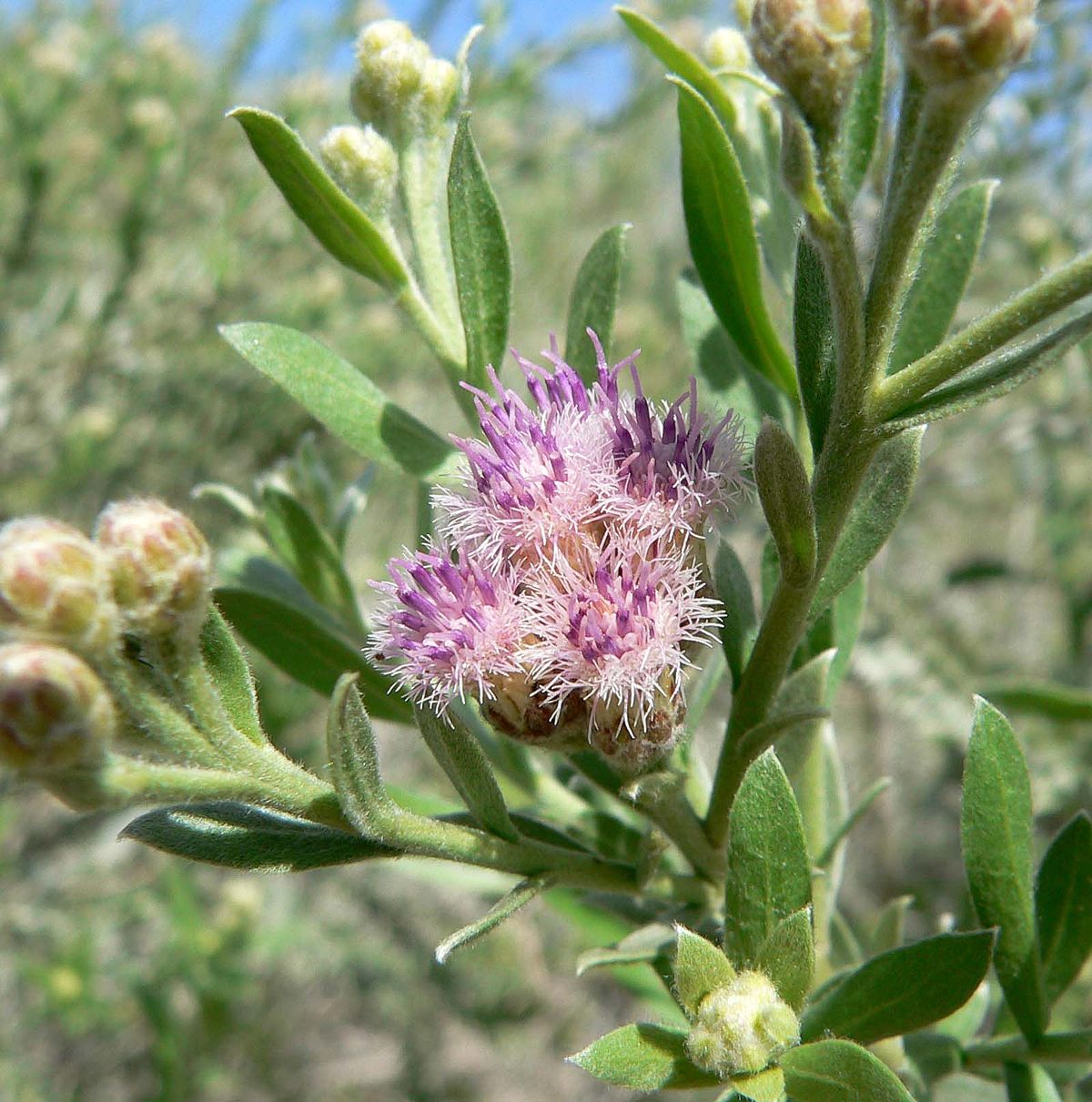
Benefits: Rasna is used in Ayurveda for its pain-relieving and anti-inflammatory effects. It helps reduce joint pain and stiffness.
Use: Rasna can be used in powder or decoction form. It’s often included in Ayurvedic formulations for arthritis.
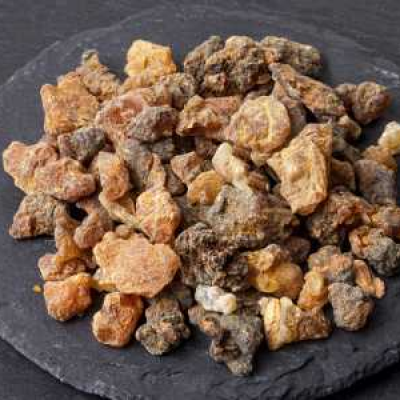
Benefits: Guggulu is a resin with potent anti-inflammatory and analgesic effects. It’s commonly used in Ayurvedic formulations to reduce joint pain, inflammation, and stiffness.
Use: Guggulu is available in various Ayurvedic formulations like Yograj Guggulu or Kaishore Guggulu, which are prescribed based on the child’s specific condition. Dosage should be tailored carefully by an Ayurvedic practitioner.
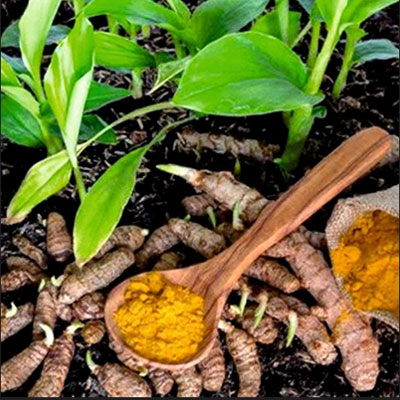
Benefits: Both ginger and turmeric have strong anti-inflammatory properties. Turmeric, with its active compound curcumin, reduces inflammation and boosts immunity, while ginger aids in digestion and reduces pain.
Use: A small pinch of turmeric mixed with warm milk or honey can be given. Ginger tea can also be prepared by boiling a small piece of ginger in water and offering it in small sips.
